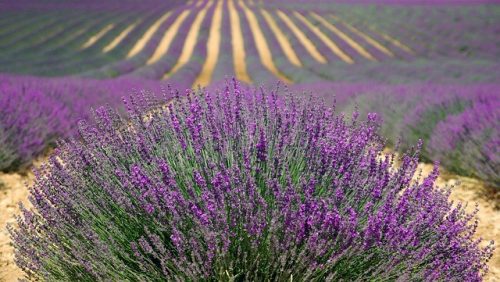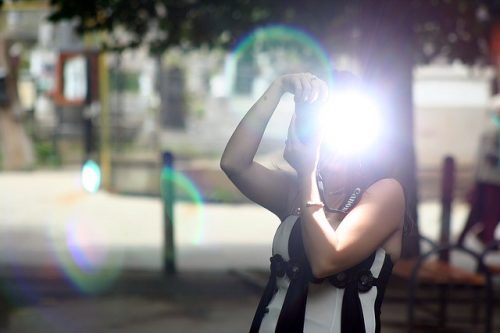
Multiple Exposure
Multiple exposure can be pretty fun for creative effects. It’s often an overlooked feature on many DSLRs. Multiple exposure means the camera takes 2, 3 or more photos in a row and then combines them to create one picture. For example, you could trade up for a new Sony a7R III camera from Beachcamera.com and set it to multiple exposure. Then lock it down on a tripod. Finally, take three pictures of a runner sprinting by and the camera will combine them into an action sequence.
Time Lapse
A time lapse is when your camera is set to take a picture every second or so. Then, the individual frames, usually taken over the course of 30 minutes or more, are combined to create a video. Trade up to the Sonya7R II from Beachcamera.com and you can use the Time-Lapse App to create your own.
Time Before Sleep
Nothing is more annoying when shooting than when the screen constantly turns off while you're reviewing images on the LCD screen. All DSLRs allow you to adjust how long a photo is displayed before the screen goes to sleep. That way you can take a nice long look at the photos and zoom in on different parts. This is especially helpful when shooting landscapes.

Flash Compensation
Flash compensation works similarly like exposure compensation. The camera will determine how much flash output is needed. Then you can set the camera to either give more or less power to the flash according to the look you’re attempting to achieve. A good use for this is when you're in a pinch and are forced to use the pop-up flash. If you use flash compensation, you can control how much flash is used and achieve much better pictures.

Exposure Correction
You’ll find exposure correction useful when you’re working with the two semi-automatic modes. On a DSLR you’ll generally find it on the +/- button, and it lets you increase or decrease the picture’s exposure time. So if you want a brighter picture, increase the exposure. If you want a darker picture, decrease it. You may feel like this is too much to ever learn. Not at all. It’s just a matter of practicing. So take pictures, learn, and have fun!






































